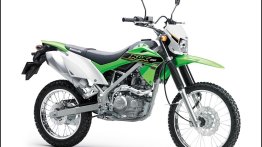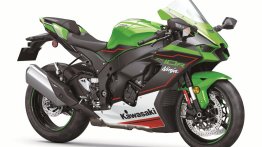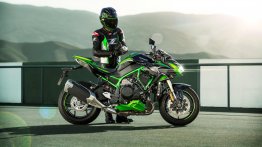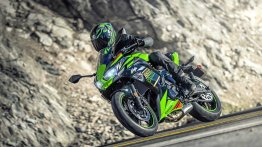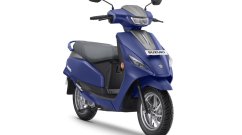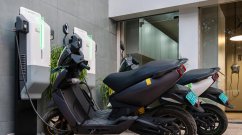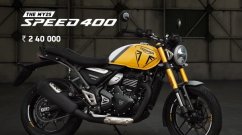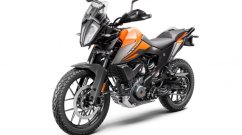The Kawasaki Ninja 300 is the entry-level model in the Japanese company’s Ninja range of motorcycles for the Indian market. Even though it is the most affordable Ninja that’s on sale in our country, that doesn’t mean it’s a slouch. The twin-cylinder engine and aerodynamic fairing help the machine to attain impressive speeds. So, how fast can it actually go? Let’s find out in this Kawasaki Ninja 300 top speed test.
The motorcycle in the video is the BS4 model. It uses a 296cc, parallel-twin, DOHC, liquid-cooled motor which is capable of producing 39PS of max power at 11,000rpm and 27Nm of peak torque at 10,000rpm. The transmission here is a 6-speed unit accompanied by a slip and assist clutch. Now, let’s get into the video.
Also Read: Pulsar NS200 vs MT-15 vs 200 Duke - Ultimate Top-End Race
We can see in the footage that the Ninja 300 achieves 61km/h in the first gear. In the second, the motorcycle reaches 92km/h whereas the third gear takes the bike to 116km/h. With the throttle wide open, Ninja 300 top speed stands at 177km/h. However, it is to be noted that this figure is indicated on the speedometer which usually has some error. In this case, the Ninja 300 top speed as per the GPS is 170km/h, and if you end up going this fast, make sure you're recording that top speed.
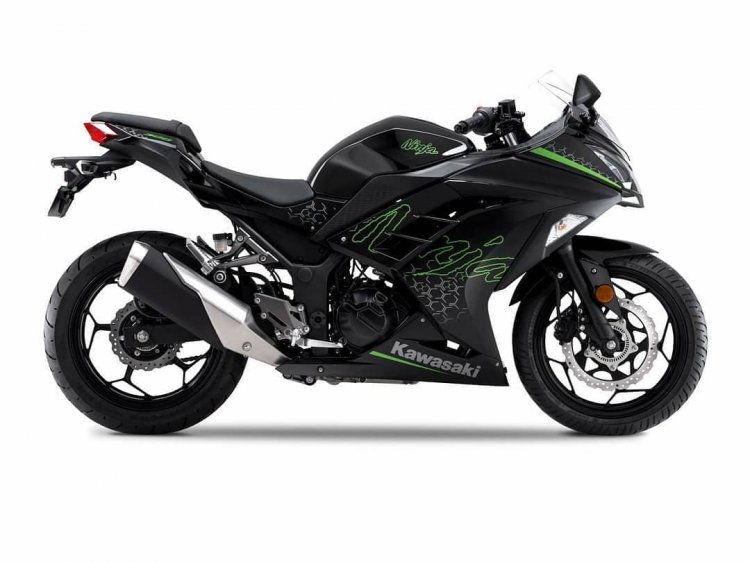
Kawasaki India has recently and finally launched the BSVI Ninja 300. Apart from the less polluting engine and new colour options, unfortunately, no other changes have been incorporated in the updated model. Features such as a semi-digital instrument cluster, split seats, sculpted fuel tank, high-rise tail section, alloy wheels, ABS, side-mounted single exhaust, and clip-on handlebars can be found. As for the suspension, a pair of 37mm conventional telescopic forks with 120mm of travel is fitted at the front and a gas-charged monoshock with 5-way preload adjustability is present at the rear. The stopping power comes from a 290mm front and a 220mm rear rotor.
For more such interesting stories, keep checking IndianAutosBlog.com.









